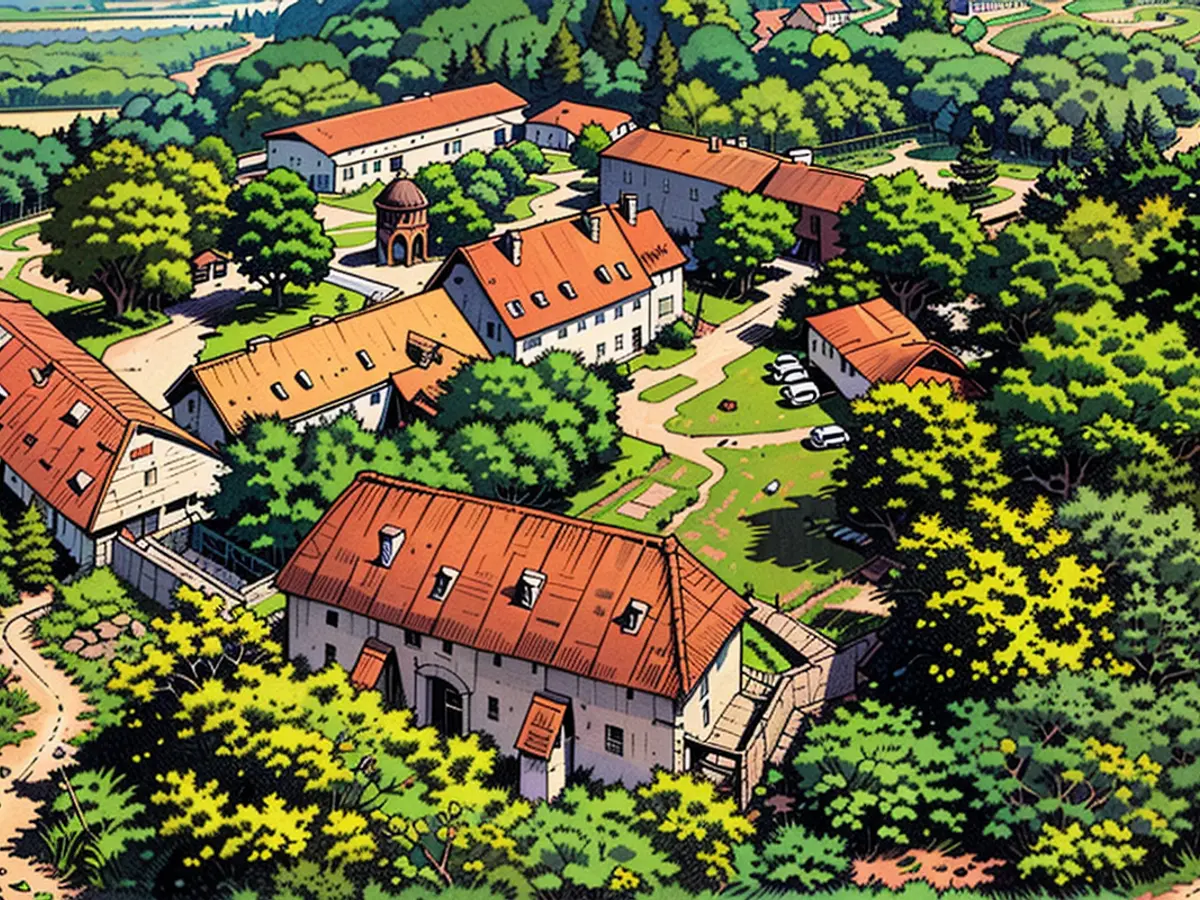Archaeology - 15 graves in the former Posa monastery near Zeitz
Archaeologists have discovered 15 graves on the site of the former Posa Monastery in Zeitz (Burgenlandkreis). "The dead from the 12th to 15th centuries were lying in a row, approximately eight meters long", said project leader Donat Wehner. "A cloister was popular for burials. The dead lie in layers up to three deep." When a new burial site was needed, existing skeletal remains were removed from the earth, transported to another location, or placed in the new grave pit.
The earlier graves of the 10th and early 11th centuries in Posa were built as elaborate masonry tomb chambers. This is evidenced by an unusually high masonry chamber in the southern section of the currently investigated cloister area.
"The annual excavations on the Posa Hill have already yielded significant insights into the history of the monastery and specifically the cloister, the monks' living quarters," said excavation leader Holger Rode.
Three-kilometer long water pipeline
In the northeastern part of the cloister, the monks' living quarters, the floor plan of the Romanesque chapter hall, which was a meeting room, was unearthed. The room was reused in the 14th or 15th century and fitted with a stone bench that encircled the walls. Noteworthy is the wide entrance to the cloister, which was open. Under the floor of the chapter hall, the first evidence of the exact course of a written-down water pipeline that led quarry water to the monastery over a length of more than three kilometers was found.
The pipeline was mentioned in a deed from 1186, one of the earliest written records for such an installation. The pipeline ran under the floor of the chapter hall and terminated in the monastery kitchen. A branch led to the also archaeologically proven fountain house.
Masonry from sandstone blocks
The investigation of the cloister revealed that it was three meters wide. Its facade features high-quality masonry from sandstone blocks. The passage of the wooden water pipeline through the cloister facade was achieved through a skillfully crafted arch. From the pre-monastery period of the Ottonian castle complex, the supposed bishop's seat, two foundations of a narrow building were unearthed, which connected the recently discovered round tower with the church of the 10th century. Now, two foundations of a narrow building have been excavated, which connected the round tower with the church of the 10th century.
The bishop should enter the church with dry feet
The purpose of the connecting building was to enable the bishop to enter the church with dry feet. "We will continue the excavations in the area of the Ottonian castle tower to learn more about the complex, which is the first bishop's castle of the 10th century in Zeitz," said excavation leader Holger Rode.
The Benedictine Monastery Posa was founded in the year 1114 and was dissolved in 1573 as a result of the Reformation. The church was demolished and its stones were used as building material for Schloss Zeitz starting in 1657.
State Museum for Prehistory Halle
The Burgenland district, where Zeitz is located, has been a hotspot for archaeological discoveries, such as the 15 graves found in Zeitz's former Posa Monastery. In neighboring Saxony-Anhalt, similar archaeological findings have been made.
The excavated Romanesque chapter hall in Zeitz's cloister was reused in the 14th or 15th century, and archaeologists discovered the first evidence of a written-down water pipeline that supplied the monastery with quarry water for over three kilometers. This pipeline is a significant find and one of the earliest recorded installations of its kind in the region.








